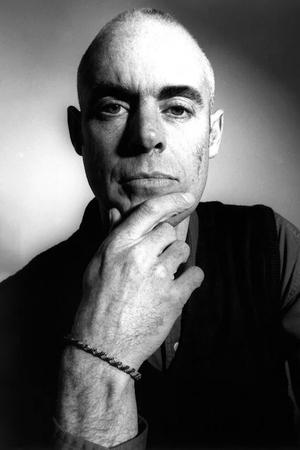Richard Long
Richard Long, born June 2, 1945 in Bristol, is an English sculptor, photographer and painter. He is one of the leading artists of land art. Richard Paul Long studied at the University of the West of England in Bristol, then studied sculpture at Saint Martin's School of Arts until 1965. He already works on a landscape scale. He made his first works outdoors in 1967 and 1978, and has been traveling systematically since 1968 on all continents, surveying selected natural sites. Since 1968, he has regularly shown either photos of the installations he creates outdoors, or installations made of these same materials in the exhibition space. He participated in group exhibitions, often alongside conceptual or minimalist artists, such as the historic exhibition: When attitudes become form organized in 1969 by Harald Szeemann in Bern, or major international meetings such as the Documenta in Kassel in 1972, and the Venice Biennale in 1976. He participated in all the Land Art exhibitions1 of which he became a major figure, notably for his numerous in-situ works where he used his feet as his only tool A Line Made by Walking, 1967 (a line materialized in the grass following a walk consisting of several back-and-forths), and continued his solo exhibitions as so many travel diaries (such as at the Musée d'art moderne de la ville de Paris, 1993). In 1978, he participated in the group exhibition "De quelques lignes"2 at the Consortium in Dijon. Richard Long is an artist, and above all a walker. Nature is both his material and his medium of expression. Richard Long achieves a gentle transformation of the environment on which he acts, by moving the materials (often by hand), thus giving his work both a relationship to the landscape and a human scale. The artist prepares his interventions from classic maps, used for walking, which he annotates for his walk. Richard Long's interventions are the result of movements, of man and matter, in the landscape, thus proposing a reading of the environment, of his journey through it. When he creates a work, what he wants above all is to highlight a perception of the landscape. The artist's vocation is to reveal "the spirit of the place", the Genius Loci. As the interventions carried out in nature deteriorate rapidly, Richard Long keeps traces of them by taking photos of them. He also keeps maps of his walks, and notes of work or walks. It is this part of his work consisting of photos, drawings and text that is then exhibited to the general public. The exhibitions are also often made up of minimalist installations using materials (wood, rocks, earth, mud) collected on site.
